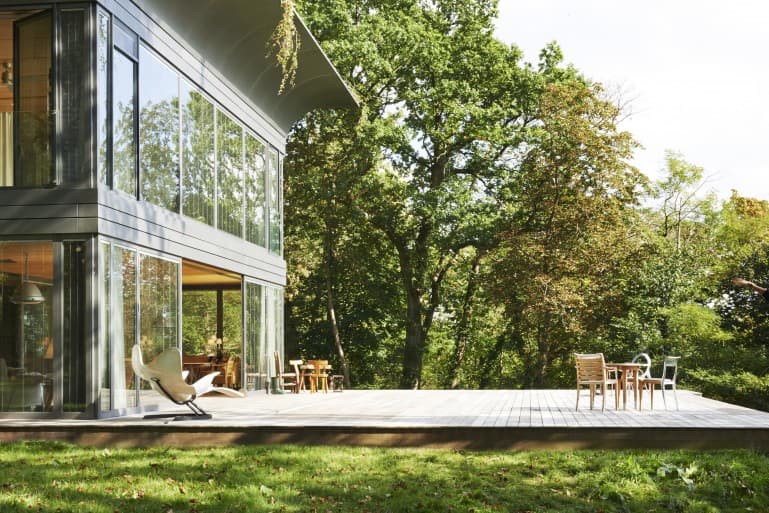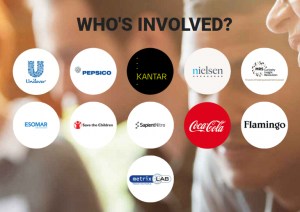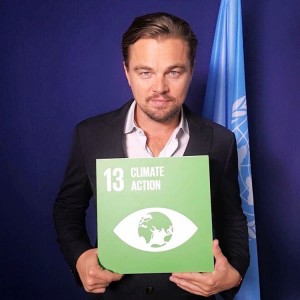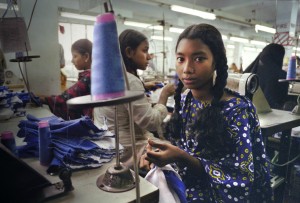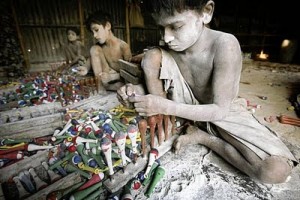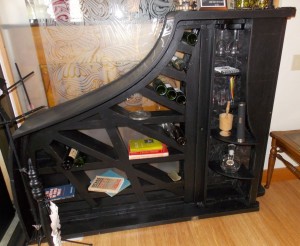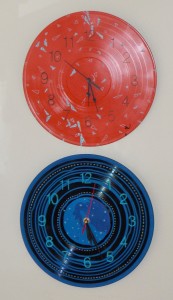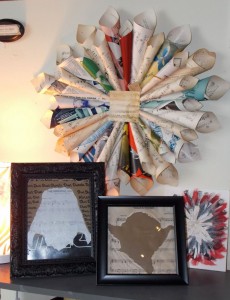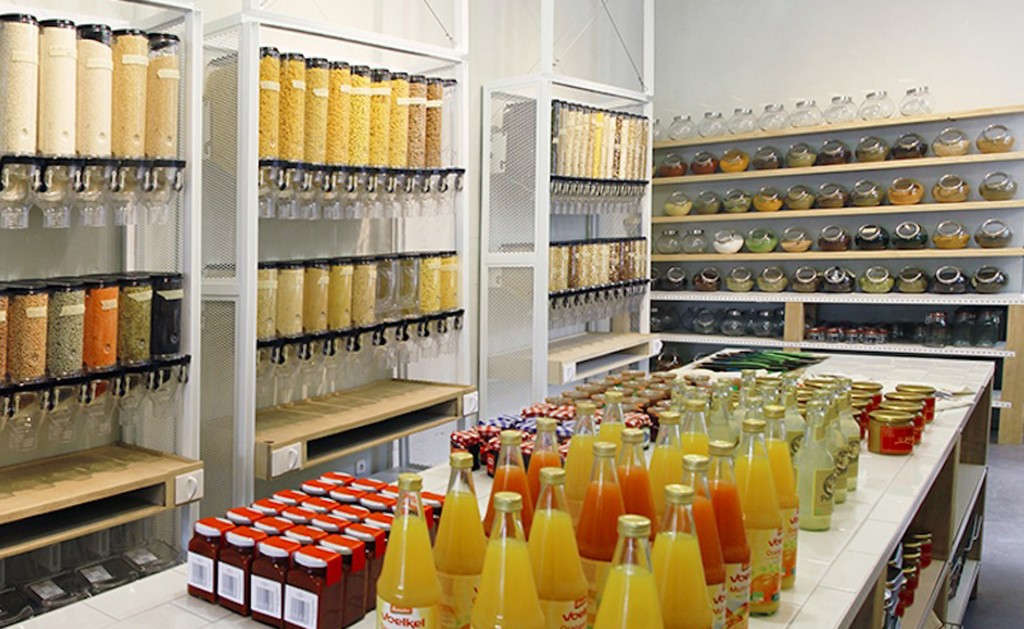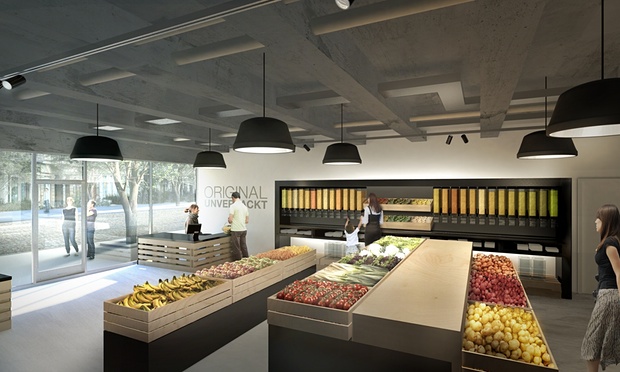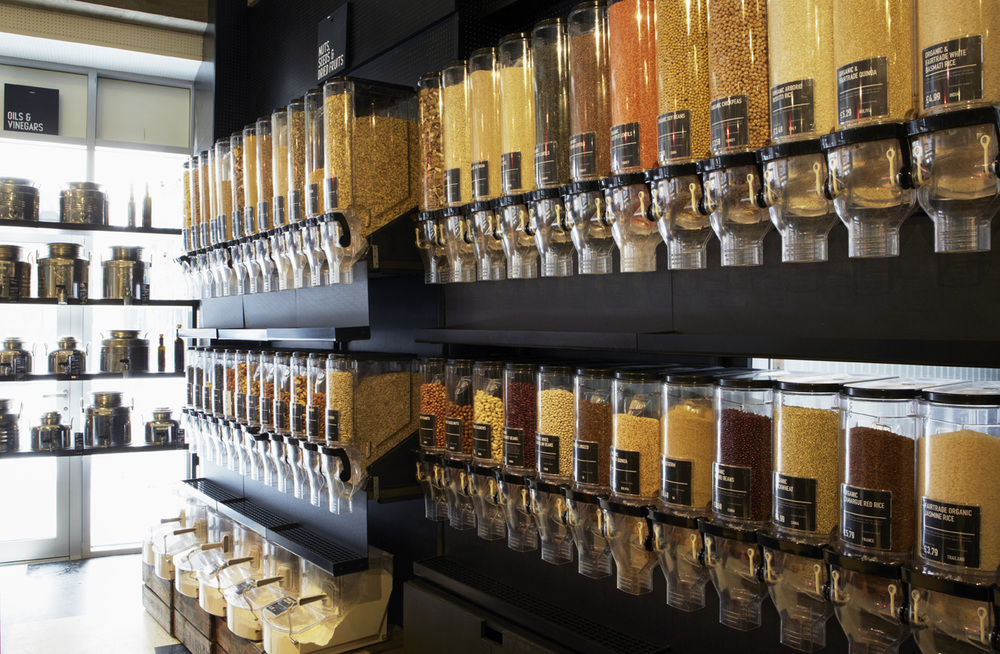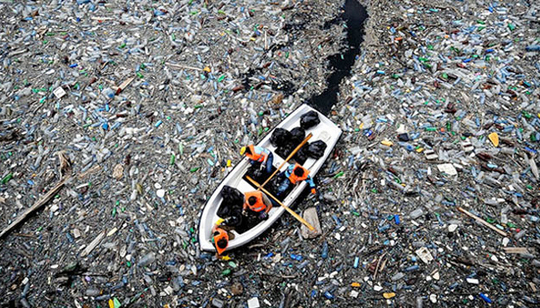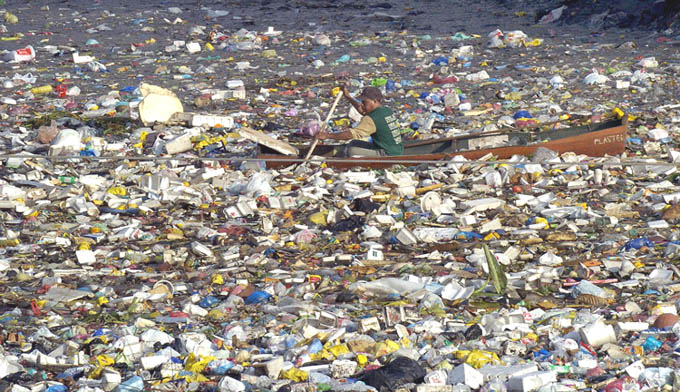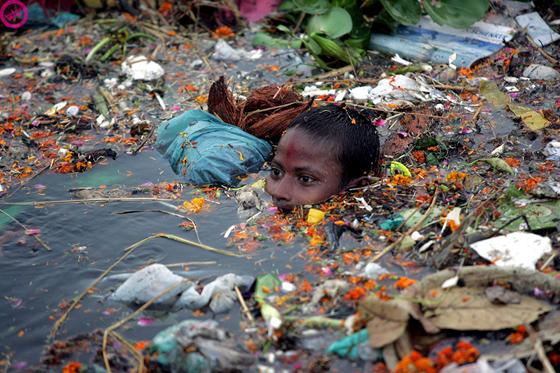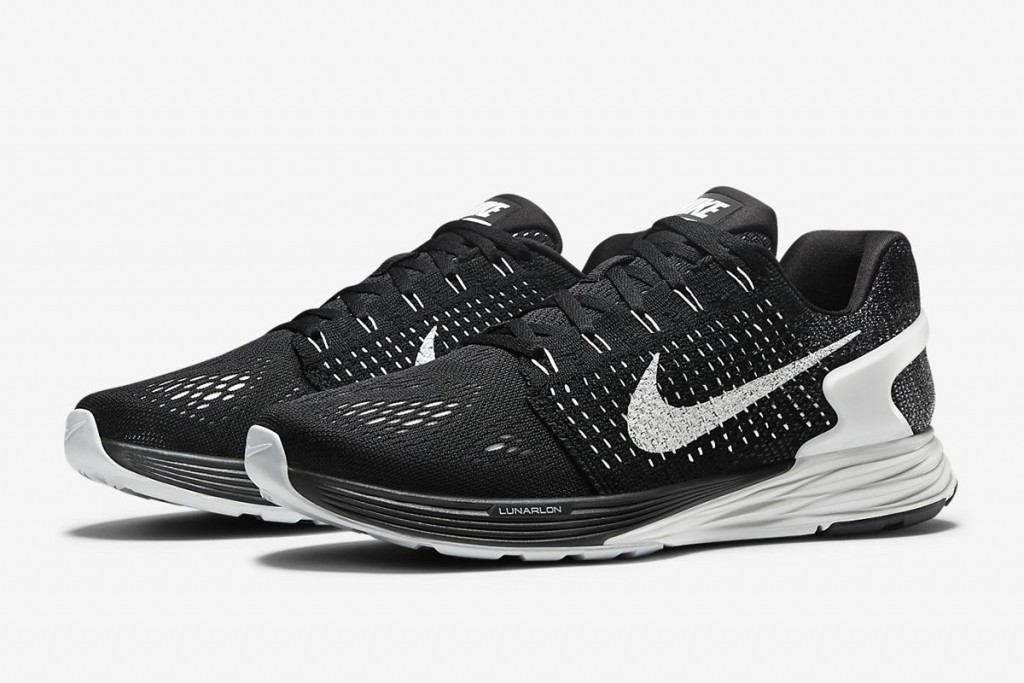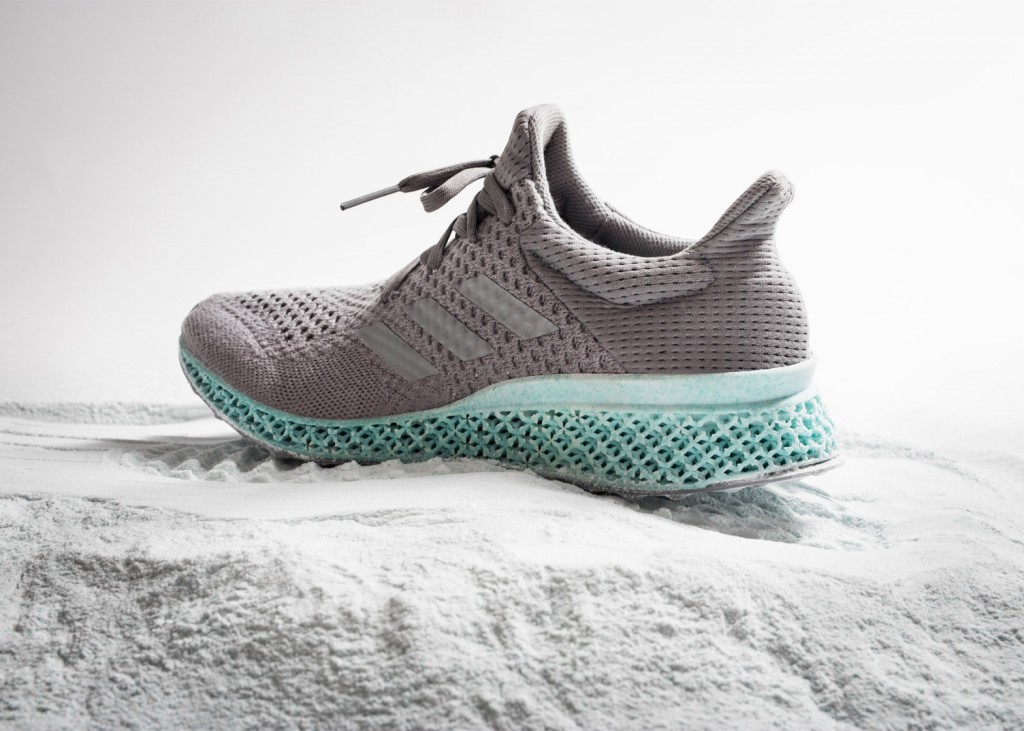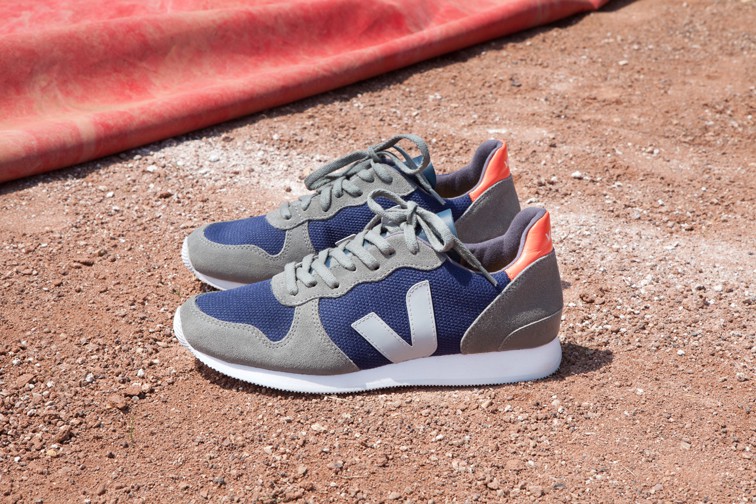Hooray for ugly fruits and veggies! Or not.
The article that I am going to talk about today is from the Guardian, and it addresses the ridiculous aesthetic standards for fruits and vegetables.
Standards are superficial in the US for fruits. I mean c’mon, seriously, minimum lengths for cucumbers, and certain colour requirements for cauliflowers? Seriously? This all sounds like fruit discrimination to me.
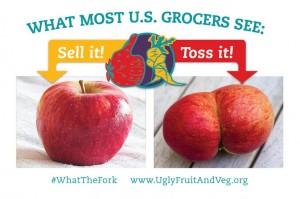
what the fork indeed
I think that it is ridiculous how society rejects fruits and vegetables because they are not aesthetically pleasing, even though they all probably taste the same.
From my own personal experience, I bought some fresh grapes the other day at a discount from my local grocery store, and they tasted fine even though they were slightly deformed.
It is tragic how farmers who work hard all year long to produce crops are forced to watch their hard work go down the drain if their fruits and veggies don’t meet the US Department of Agriculture’s aesthetic standards.
In the article, it talks about how Walmart is not receiving much consumer demand for the produce, even though they are pricing these imperfect vegetables at a 30% discount.
As consumers, we should be changing our preferences in order to be more accepting of all fruits and vegetables, so that this travesty does not keep occurring.
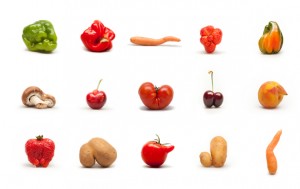
please don’t throw us away
Why is it that people are starving in third-world countries, yet we are sitting here being picky about whether our fruits have the certain curves in the right places? Aren’t we living in the 21st century where we are promoting equality for all, regardless of body shape or colour?
Luckily, it’s not all bad. Companies like smoothie shops and our friends at the Zero Waste Market can buy these imperfect fruits and sell them to customers, or use them to make smoothies, as consumers won’t know the difference on whether or not a slightly bruised orange was used in their making of their smoothies.
My wish is that in the future, we can live in a society where shoppers think that there is nothing wrong with cosmetically imperfect produce. So please, treat all fruits equally so that we can fix this problem and contribute to a waste-free society.
#allfruitsmatter
